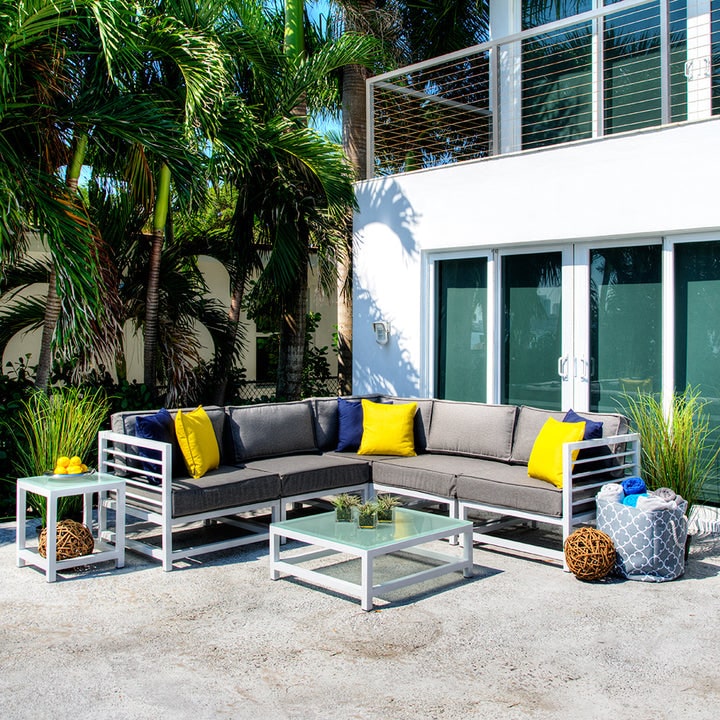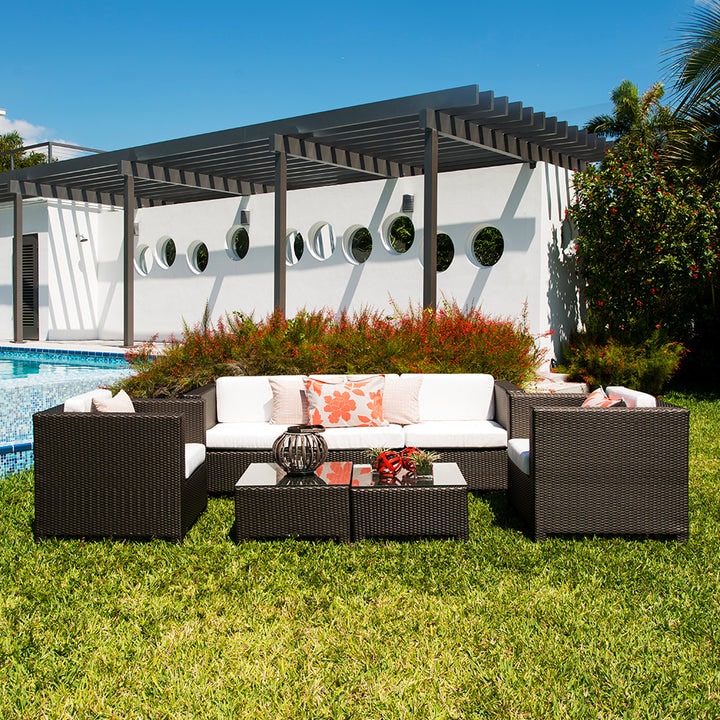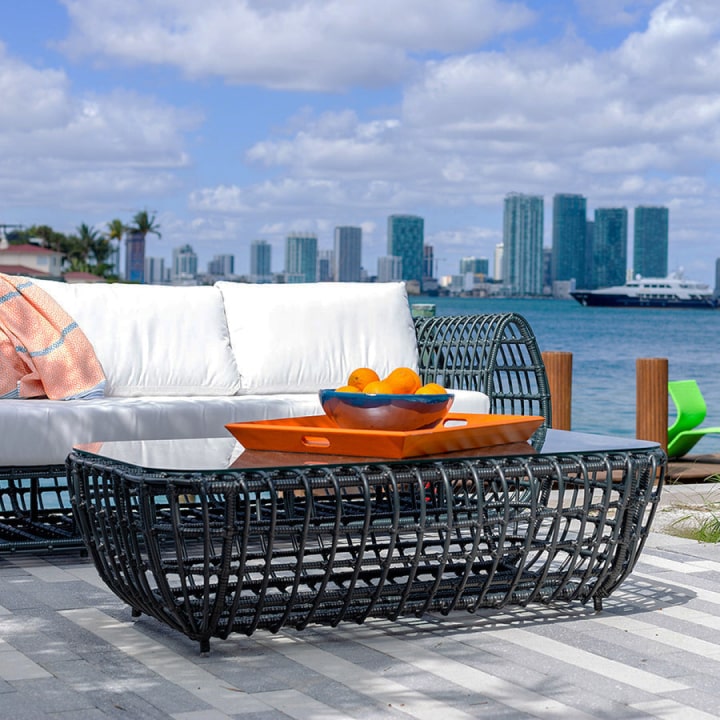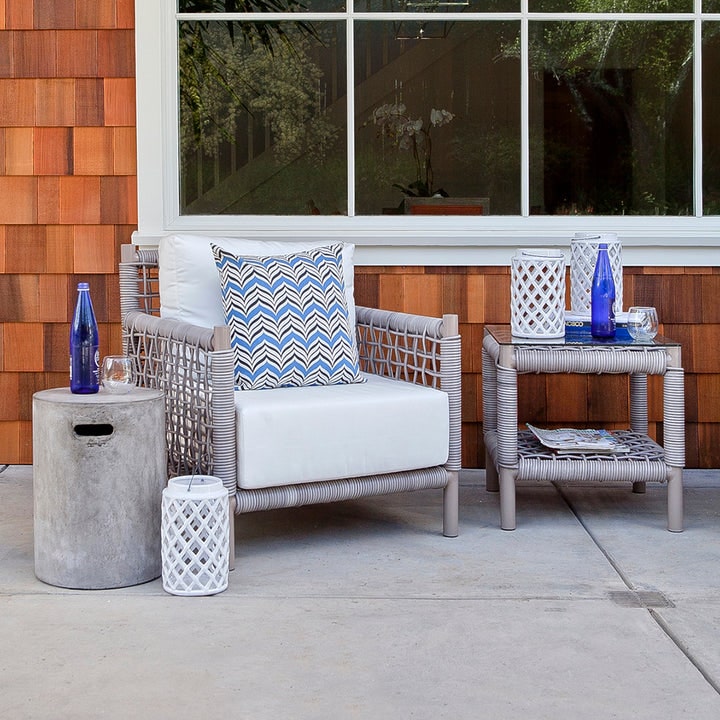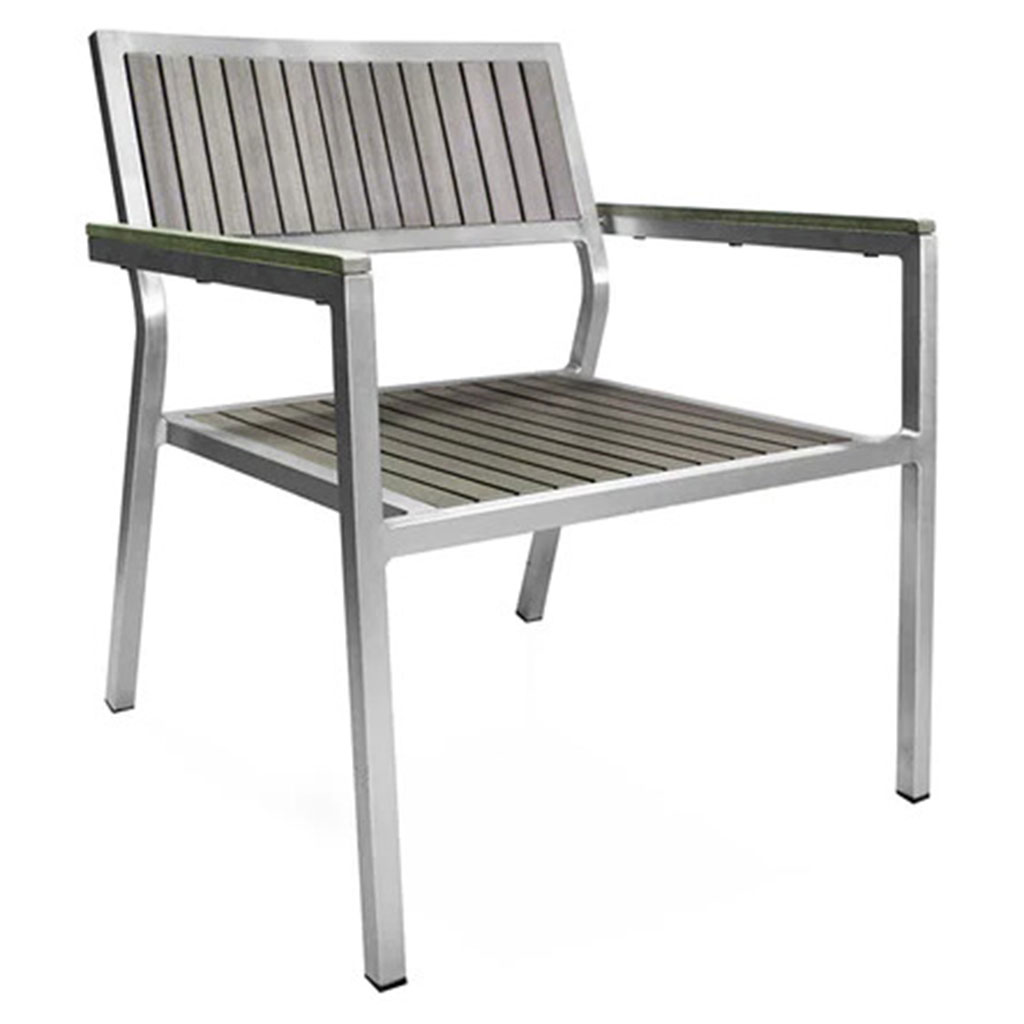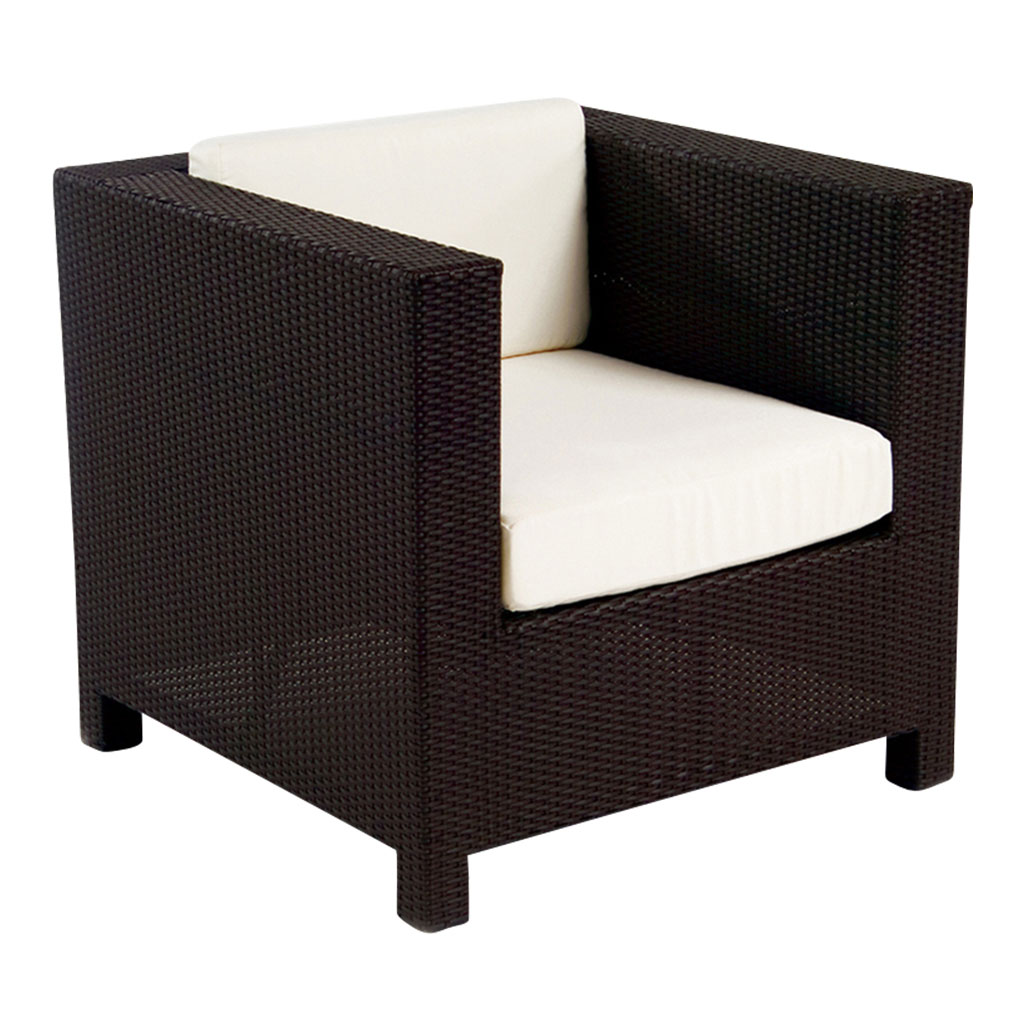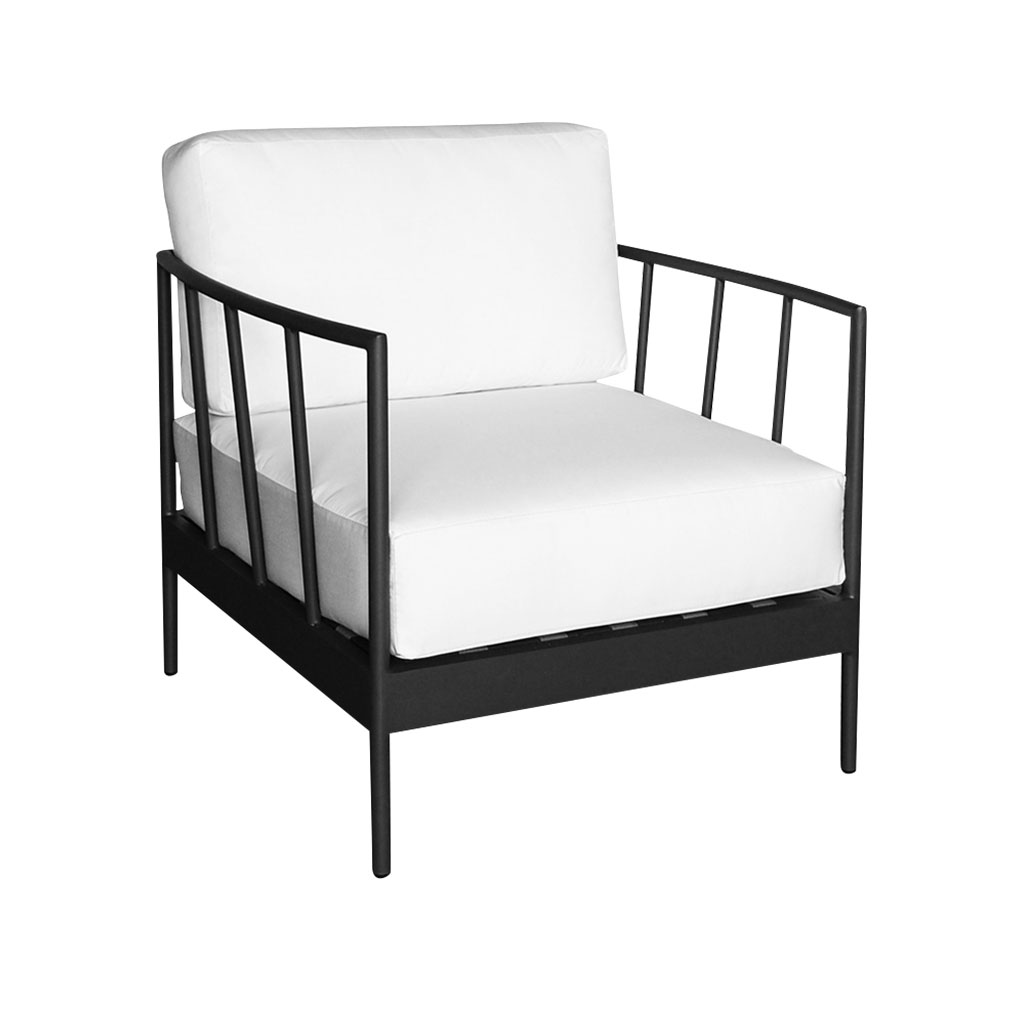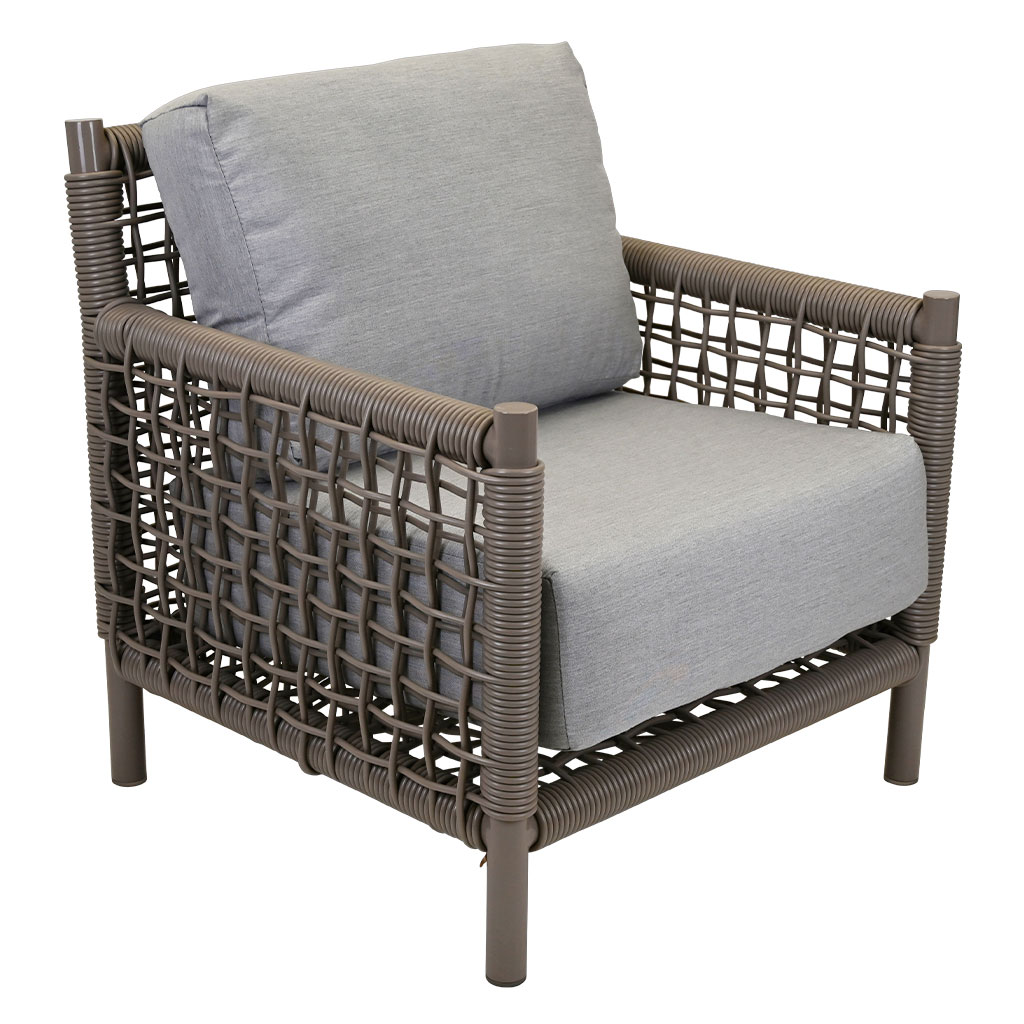
As we proceed into the second half of the year, it’s time to look at design trends in hospitality and start planning for next year. Changes in weather and season don’t necessarily signal changes in style in commercial design, but becoming completely outdated is a definite no-go.
Each year has its fresh hotel trends and outdated faux pas in hotels and resorts. Staying on trend is important in attracting new guests, whether you have a historic hotel with Edwardian splendor or a 1990s megahotel on the beach that needs periodic updating. Hospitality trends worth checking out go beyond colors and fabrics to ideas that inform every guest touchpoint of your hotel. Trends this year are founded on the ideas of travel to combat burnout, connect with nature, and become healthier.
So, without further ado, let’s explore the trends shaping the future of the hospitality industry.
- Biophilic Design
- Sustainability
- Color Trends
- Tech-Forward
- Outdoor Living
Biophilic Design
Biophilic design is a concept that focuses on incorporating natural elements into the hospitality environment to give your guests a connection with nature. From lush greenery and indoor plants and gardens to the use of organic materials and textures, the essence of nature can be seamlessly integrated into hotel decor and furniture. Biophilic design in hospitality is born out of the current interest in travel as a way to combat burnout from overworking and other demands of everyday life.
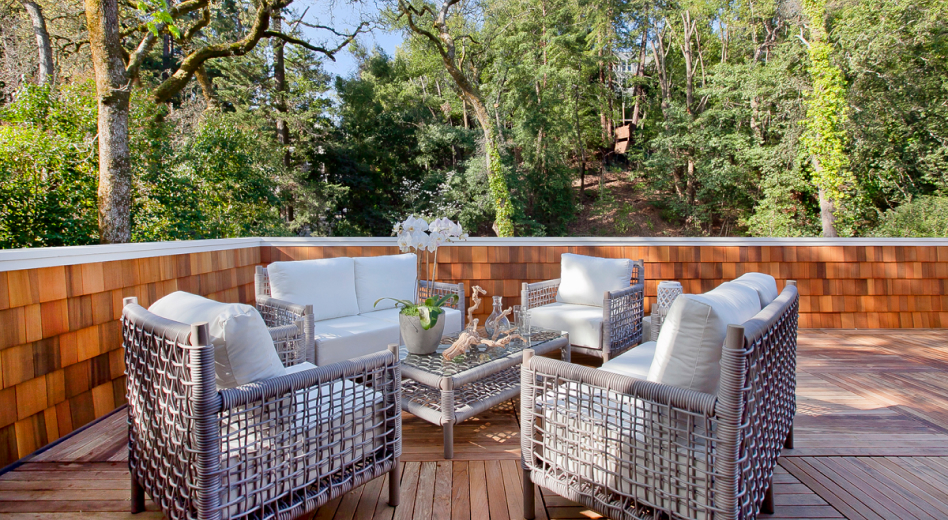
A key part of biophilic design is expanding and updating outdoor spaces and opening up transition spaces between indoor and outdoor areas, such as covered patios, windows with a view, pergolas situated in the middle of gardens and pools, or dining areas that walk out to a terrace. For commercial properties like hotels and resorts, make sure that furniture is weatherproof and easy to maintain. It’s not practical to have outdoor furnishings that can’t get wet or that will fade in the sun. MityLite’s Outdoor Collection, Vita, is built to withstand all weather. It’s made with faux wood, wicker, and rope that won’t be affected by the elements. Cushions are all upholstered with fade resistant Sunbrella® fabrics.
By infusing natural elements into hotel spaces, guests are greeted with a sense of tranquility and harmony that can lighten the mood and evoke feelings of relaxation. The use of materials like wood, stone, and bamboo not only adds an aesthetic appeal but also promotes a sense of calmness and well-being. And it’s always a good thing for your bottom line when guests experience these positive feelings while staying at your property.
Imagine walking into a hotel lobby adorned with living green walls, natural light streaming in through large windows, and furniture crafted from sustainable materials — these elements can intrigue and captivate guests, offering a unique and rejuvenating experience. In today’s fast-paced world, biophilic design in hotel spaces offers a sanctuary for guests to unwind, recharge, and reconnect with nature.
Sustainability
In the ever-evolving world of hospitality, one significant shift that looks like it’s here to stay is sustainability. Hospitality establishments are recognizing the importance of eco-friendly initiatives to minimize their environmental impact. As a bonus, sustainability can also decrease operating costs and improve profits. According to an article in Hospitality Net, going green results in a 20% reduction in a hotel’s energy and water bill.1

Here are 10 ways your hotel can become more sustainable—and save money along the way.
- Implement energy-saving initiatives such as LED lighting, motion sensors, and energy-efficient appliances.
- Source local and organic produce for the hotel’s restaurants to reduce carbon footprint from transportation. Grow fresh herbs onsite in garden areas.
- Install water-saving fixtures and systems to minimize water wastage.
- Utilize renewable energy sources like solar panels or wind turbines to reduce dependency on non-renewable energy.
- Implement a recycling program for guests and staff to separate waste and promote recycling.
- Offer incentives for guests who opt for reusing towels and linens to reduce water and detergent usage.
- Partner with local organizations for conservation projects or to support biodiversity efforts.
- Use environmentally friendly cleaning products and practices to minimize chemical impact on the environment.
- Provide guests with reusable water bottles and water refill stations to reduce plastic waste.
- Educate staff and guests about sustainability practices and encourage them to participate in eco-friendly initiatives.
From reducing single-use plastics to implementing energy-saving technologies, hotels and resorts are taking steps towards a greener future. By embracing sustainability and incorporating outdoor living elements, hotels and resorts are not only meeting the demands of modern travelers but also setting a precedent for responsible and conscientious hospitality practices in the years to come.
Color Trends
When it comes to keeping a hotel or resort looking desirable, staying up to date with the latest colors, patterns, and styles in commercial furniture is crucial. Incorporating trendy elements can greatly enhance the overall aesthetic appeal and guest experience.
Unless your property has a generous annual redecorating budget, opt for neutral colors for flooring and hard furniture and save trendier hues for accent pieces. Curtains, throw pillows, rugs, accessories, wallpaper, and even paint can be changed out much more cost-effectively than 2,500 banquet chairs upholstered in 2019’s trendy harvest yellow.

A simple way to select a room’s color scheme is to use the three-color rule, and then use the 60-30-10 color balance formula.
- Choose a main neutral color (gray, beige, white, blue, etc.). The main color should be 60% of what your guests see.
- Choose a secondary color. 30% of the color in the room will be the secondary color.
- Choose an accent color. Just 10% of the color in the room will be the accent color.
In the past year, we have seen a shift towards more modern and minimalist designs in hotel furniture. Overly minimalistic designs, however, are best avoided unless you have the luxury of high-end statement pieces and original art throughout your property.
Colors like earthy tones, muted pastels, and bold jewel tones dominate the scene in hospitality design. Mixing and matching these colors can create a sophisticated and luxurious atmosphere. As for patterns, the most popular trends are geometric shapes, botanical prints, and abstract designs.
When selecting furniture for hotels and resorts, consider pieces with pleasing lines, durable finishes, and a touch of glamour. Incorporating elements like brass accents, velvet upholstery, and marble tabletops can elevate the space and create a sense of luxury. To avoid the cookie-cutter commercial design look, try mixing different styles such as contemporary with vintage or industrial with bohemian. This adds a unique and eclectic touch to the decor.
Tech-Forward
Despite a love of nature, even travelers to National Parks and remote ski areas expect a tech-friendly hotel environment. In today’s fast-paced world, technology is revolutionizing the way hotels are designed and operated. One of the most exciting innovations in hotel design is the integration of new technology to enhance the guest experience. Automated check-in processes allow guests to skip the front desk and walk directly to their room, creating an efficient experience at all hours of the day.
Device-controlled smart rooms are changing the way guests interact with their surroundings. Guests install an app on their phones or other devices to control their room’s comfort settings. A smart room can be customized to each guest’s personal preferences, allowing guests to adjust the temperature, lighting, music, and entertainment options with just a few taps on their smartphone or tablet. This level of personalization ensures that guests feel truly at home during their stay. Some apps allow guests to save their settings from visit to visit (or when visiting any of their sister properties), so all elements of their stay are automatically adjusted to their preferences at check-in.
Incorporating new technology into hotel design improves the guest experience, streamlines operations, and enhances efficiency.
Communicating to guests via text messages is replacing the need for clunky landline phones, which saves hotels money and also offers a better experience for most guests. It’s good practice to greet guests with a welcome text message upon check-in and tell them they can text for services like scheduling spa appointments, getting extra towels, reserving a table to onsite restaurants, requesting the valet drivers to bring their car to the front, and more.
Overall, incorporating new technology into hotel design improves the guest experience, streamlines operations, and enhances efficiency. The hotel industry is experiencing an exciting time of innovation as it embraces innovation to create a more seamless and personalized experience for guests.
Outdoor Living
In hospitality design, outdoor living spaces are front and center in almost all designs, catering to guests who seek a closer connection to nature during their stay. Guests want to relax outdoors, dine outdoors, drink on outdoor patios, and catch some sunshine. The appeal of outdoor spaces in hospitality is related to desire to use travel to overcome burnout.
When it comes to trends in hotels and resorts, the design of outdoor spaces is just as important as the interiors. Hotels and resorts are increasingly incorporating outdoor areas that seamlessly flow from the inside, creating a harmonious experience for guests. In urban environments, outdoor spaces are often limited in square footage but should always be well-designed and expertly furnished.
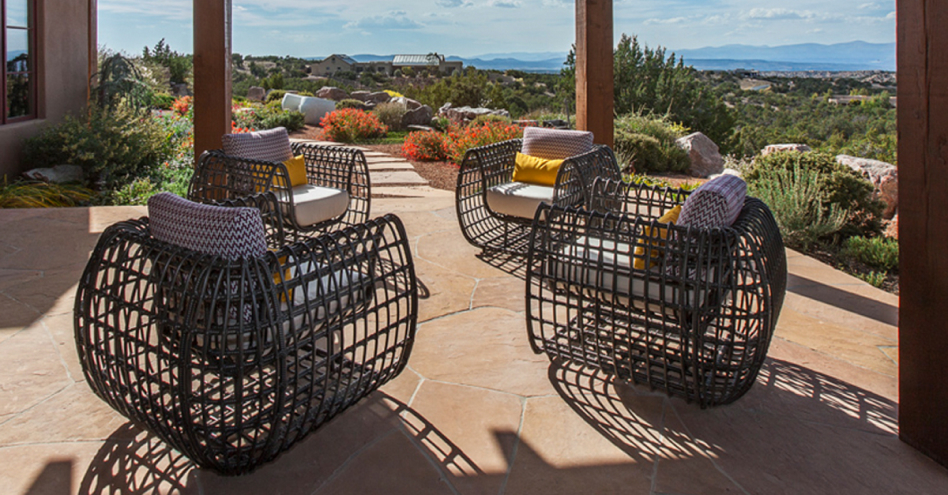
Past years saw interest in impractical and high-priced outdoor furnishings, such as natural teak and hardwood. These materials, while beautiful, require refinishing periodically. But a major trend in outdoor furniture this year is the use of durable, weather-resistant materials that can withstand the elements while still being stylish and comfortable. Faux wood, wicker, and rope furniture are extremely popular. These faux materials are often made of recycled plastics, look similar to natural materials, and are extremely rugged and durable.
MityLite’s outdoor commercial furniture line is a great example of this trend, offering a range of modern designs that are perfect for hotels and resorts. From beach-inspired furniture in vibrant colors, to minimalist Scandinavian designs, the MityLite Vita Outdoor line offers a wide variety of styles to match the overall aesthetic of your property. Whether it’s lounge chairs by the pool or dining sets for alfresco dining, incorporating MityLite’s outdoor furniture can elevate the look and feel of any hotel or resort.
When selecting colors and styles for outdoor spaces, it’s important to consider the surrounding environment and the overall theme of the property. Neutral tones like whites, grays, and earthy tones are timeless choices that can complement any outdoor setting, while pops of color can add a fun and lively touch. Mixing different styles and materials can create a visually dynamic space that is both inviting and functional.
The Final Take
Keeping up with the latest trends in hotels and resorts can enhance the overall guest experience and set a property apart from the competition. Consider ways that your property could make updates based on the current interest in biophilic design, sustainability, color trends, technology, and outdoor living. Even small changes can make a big difference in your guests’ experience.
Looking to Refresh Outdoor Spaces?
With MityLite’s outdoor commercial furniture line, hotels and resorts can create stunning outdoor spaces that cater to your guests’ needs and preferences while staying on-trend and stylish.

Call 800-909-8034 to get in touch with a dedicated sales rep today!
References
- Vargas, Joe (2024, July 24). Sustainable Hospitality: Using Technology to Go Green Means More ‘Green’ for Hoteliers. Hospitality Net. https://www.hospitalitynet.org/opinion/4123013.html
